Joseph Brodsky
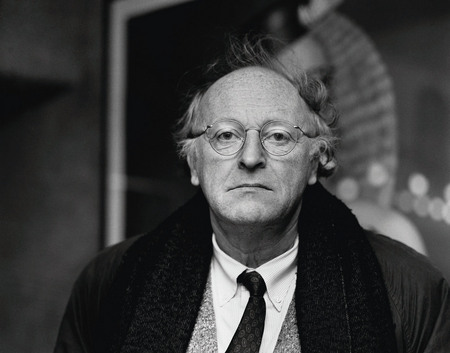
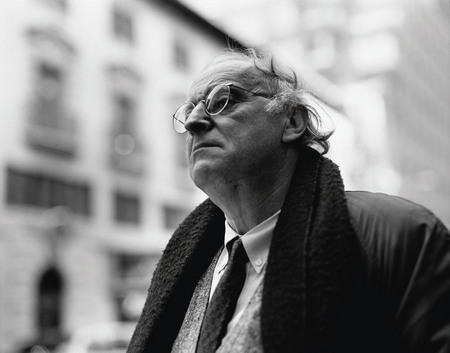
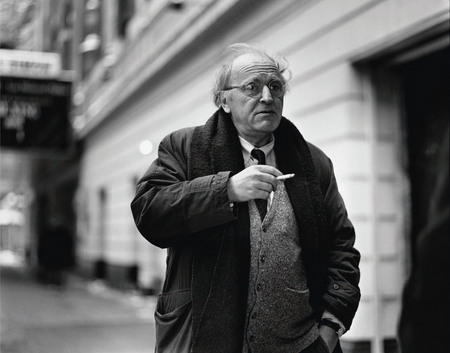
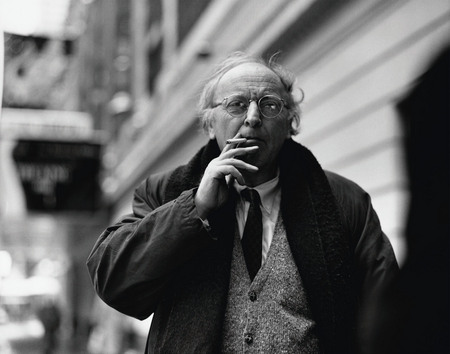
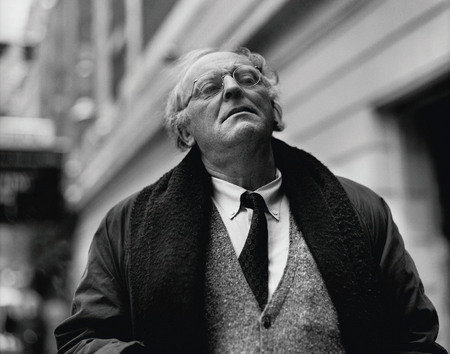
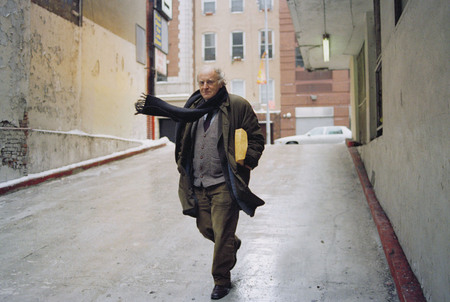
Sergey Bermeniev. Joseph Brodsky. 1995. Author’s collection. Copyright © Sergey Bermeniev
Sergey Bermeniev. Joseph Brodsky. 1995. Author’s collection. Copyright © Sergey Bermeniev
Sergey Bermeniev. Joseph Brodsky. 1995. Author’s collection. Copyright © Sergey Bermeniev
Sergey Bermeniev. Joseph Brodsky. 1995. Author’s collection. Copyright © Sergey Bermeniev
Sergey Bermeniev. Joseph Brodsky. 1995. Author’s collection. Copyright © Sergey Bermeniev
Sergey Bermeniev. Joseph Brodsky. 1995. Author’s collection. Copyright © Sergey Bermeniev
Moscow, 12.10.2010—21.11.2010
exhibition is over
Share with friends
Curator Marina Bermeneva
For the press
Photography is often unfavourably compared to fine art, to painting and drawing, as an utterly soulless technicism depersonalised and deprived of the breath of life. This comparison seems hopelessly outdated now. Clearly photography (previously known as daguerrotypy) is a separate and distinctive art form in which apparatus is only the means to an end, and the creator takes pride of place. The result is completely dependent on his talent, his skill and simple human intuition. Nothing can replace the mastery of the photographer or cameraman as he creates an image of Time, a precise fixation of historical details that with their assistance conveys the very spirit and atmosphere of a given epoch. But most importantly the photographer’s expertise facilitates our understanding of the witnesses or creators of that history.
Among millions of faces on those prints a few stand out, a very small number of images that fully convey the authentic artistic truth, the truth about Time and the truth about the people of that time. In the 1920s to 30s the best portraits, in my opinion, were taken by Moisei Nappelbaum, and they will always remain classics of photo art. More than half a century has passed since then. Here is a master photographer of a different age and generation. Sergey Bermeniev and his work are the next link in the chain.
As you browse through reproductions of his photographs you understand that Bermeniev’s best work (there are hundreds of them!) collected in this series is based on two major components: subtle psychological logic and faultless plastic execution, revealing the spiritual essence of the model without any force or mannerism. Probably every representative of today’s artistic, intellectual and political elite is portrayed in Sergey Bermeniev’s work. Although it is particularly important and valuable for me personally to follow the artist’s creative quest in the series devoted to one subject alone — Joseph Brodsky.
Brodsky was photographed many times by various different people, but I can say with authority that the best portraits of him belong to the pen, or rather the lens (if you will, the shutter) of Sergey Bermeniev. As it turned out, this photo session was Joseph’s last. So it is all the more interesting and precious to come across an entire collection of Bermeniev’s work and closely examine the consecutive series of Brodsky photographs to see how the master found and selected from many different shots one single integral image, a kind of absolute that reveals the tragedy and fate of the poet. Joseph comes across in very different guises in these shots, sometimes serious or intense, sometimes carried away by their conversation, in some frames ironic, in others absorbed in thought. But this project has a few rare shots where Joseph is smiling, a happy smile. I can say for sure that I don’t recall any such moments recorded on film by other professional photographers that took pictures of Brodsky. As I was browsing through my own photo archive I could only find two snapshots (two in an entire lifetime!) that captured a moment of happiness anything like that. One is an early photograph where Joseph is playing the fool, lounging across the knees of seated friends. A small, amateur shot. And there’s another taken in Venice during our last meeting in this life. Then, in 1993, that smile seemed almost joyful and very touching, but now when I look at the photo I see a smile of farewell... ‘When someone is dying their portraits change...’ said Anna Akhmatova. There is perhaps no need to cite this rather well-known quote here, but I want to add: ‘...not only do the portraits change, but also those who loved them...’
Eugeny Rein




